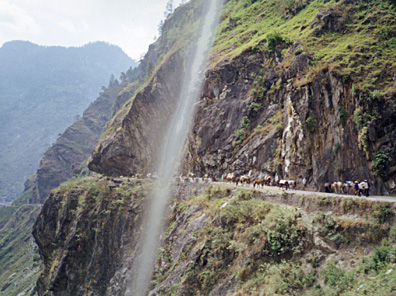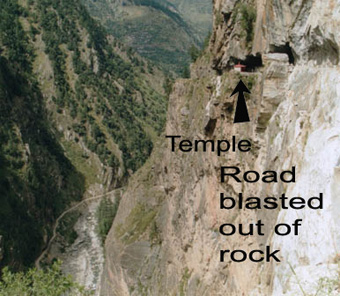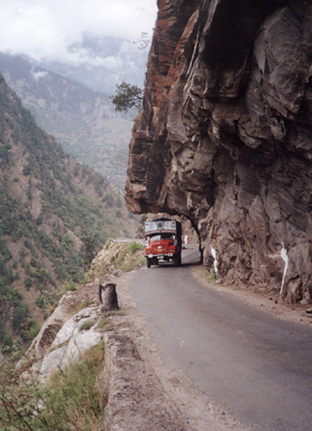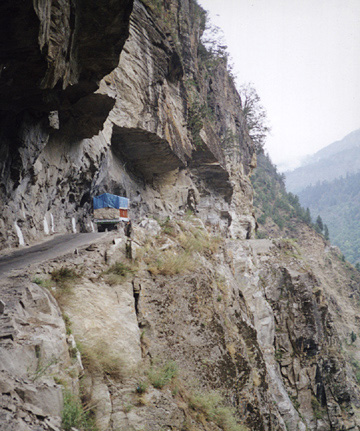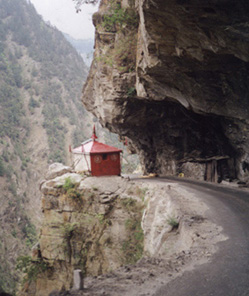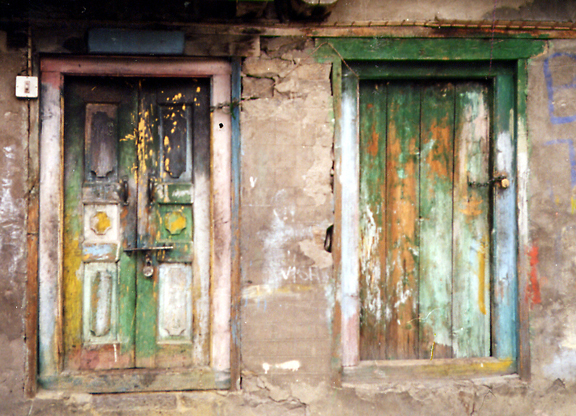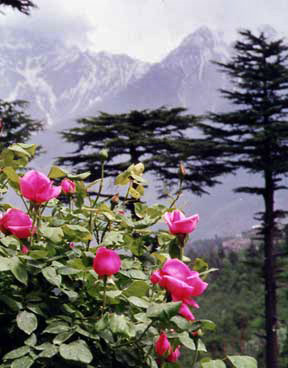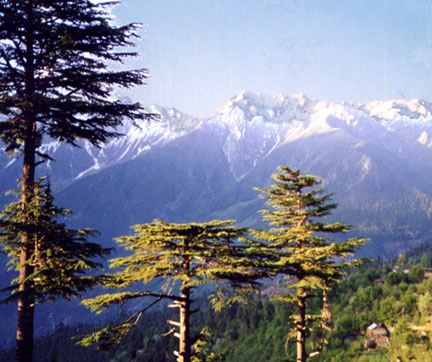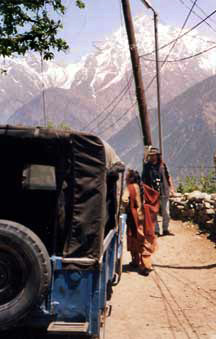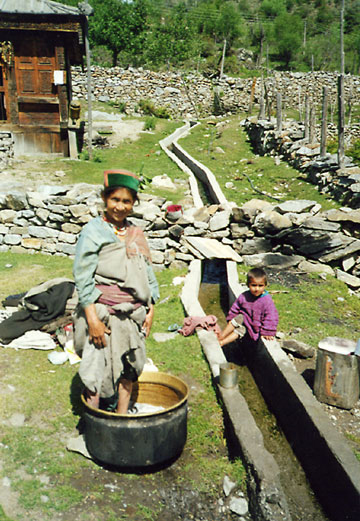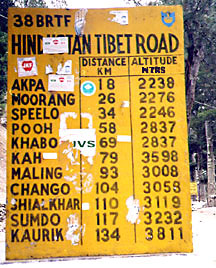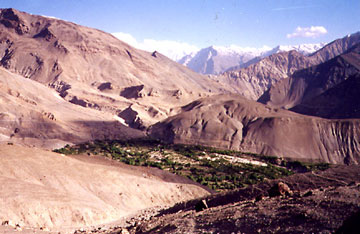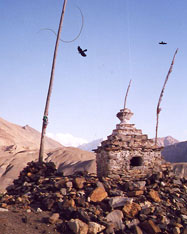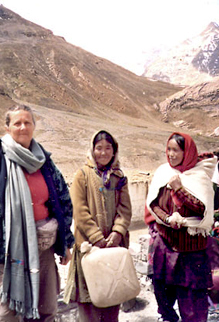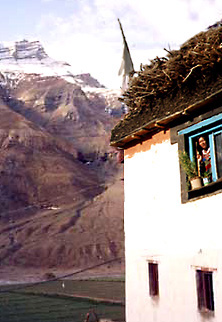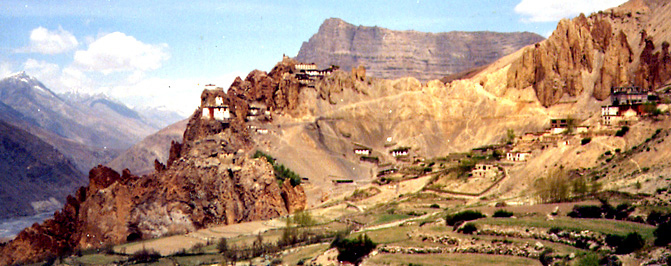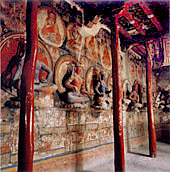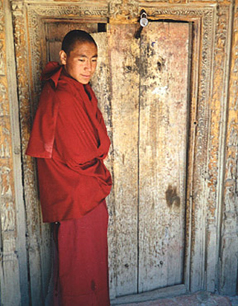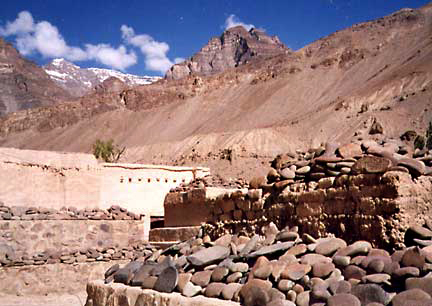This is a journey of a lifetime and should not be attempted in a hurry. If you zoom through, in a tourist sort of fashion, you will achieve nothing and benefit not at all. There are fancier places to visit if that is what you want, and if you are in a hurry go to Manali and Leh you can do that in a hurry. Manali is beautiful and not at as high an altitude, you can even go to Manali in the winter and ski! There are fancy hotels in Manali and some nice hotels in Leh. You can fly to Manali now, but if you fly to Leh you may be in for an altitude sickness shock.
Below: Tiny train stops part way up to Shimla ( Simla) from just north of Chandigarh. Jet Air flies from Delhi to Chandigarh daily. Shimla is an old British 'Hill Station', cool in the summer and full of Indian tourists, monkeys, hotels, restaurants and the last little train stop.
You can hire a car and drive up to Shimla from Chandigarh, but I advise you do not do that as the road up ( and down) is quite nauseating! The little train ride is great.
 |
After Shimla you will need a car or, for the very brave, take the bus - best in increments! ( Advice: Check the tires of the jeep and driver you rent before committing!)
The first stop beyond Shimla can vary, there are many wonderful destinations even before Sarahan Temple complex, a restored historical treasure. You have not entered another world until after Sarahan. Sarahan is still part of the world we live in, even though it is remote.
Do NOT try to go beyond Sarahan between mid October and March! The passes close for the winter, you could be stranded and they do not have central heating! . Depending on your nationality, you might try to get help from your consulate if you do get stranded in the winter. If the only way out is by helicopter.
Kalpa is an excellent place to spend a few weeks waiting for the passes to Spiti to open ( between May and June usually). It isn't only snow that closes the passes, the monsoon will close the lower roads as well, usually in July.
INDIA, TABLE OF CONTENTS : JOURNEYS, FABRICS: SUPERSTRUCTURE
